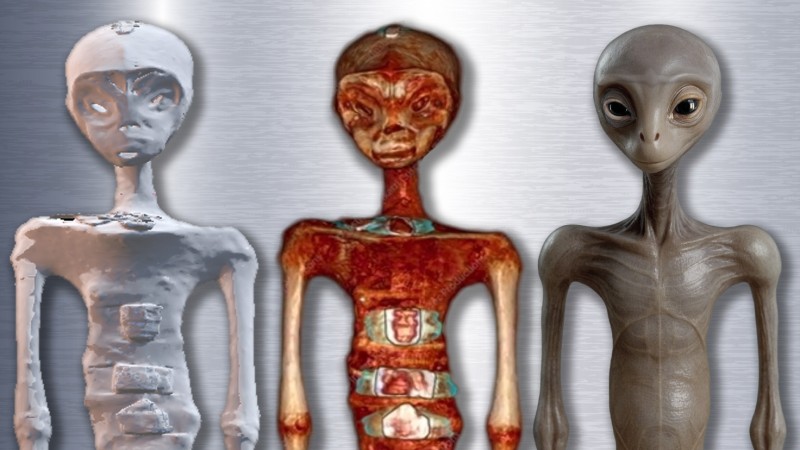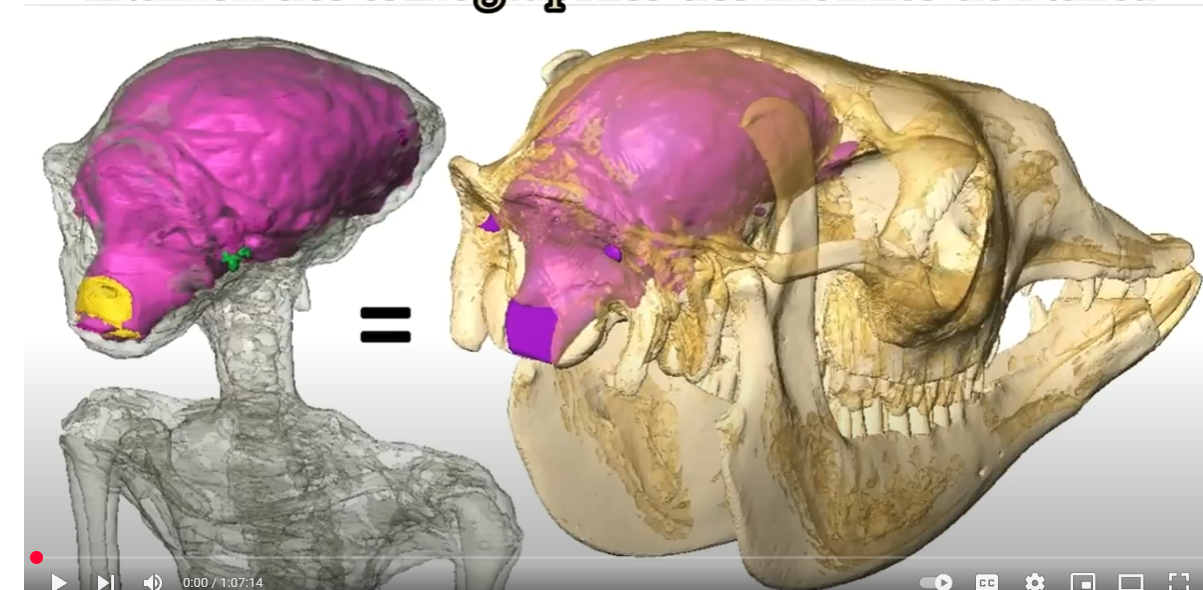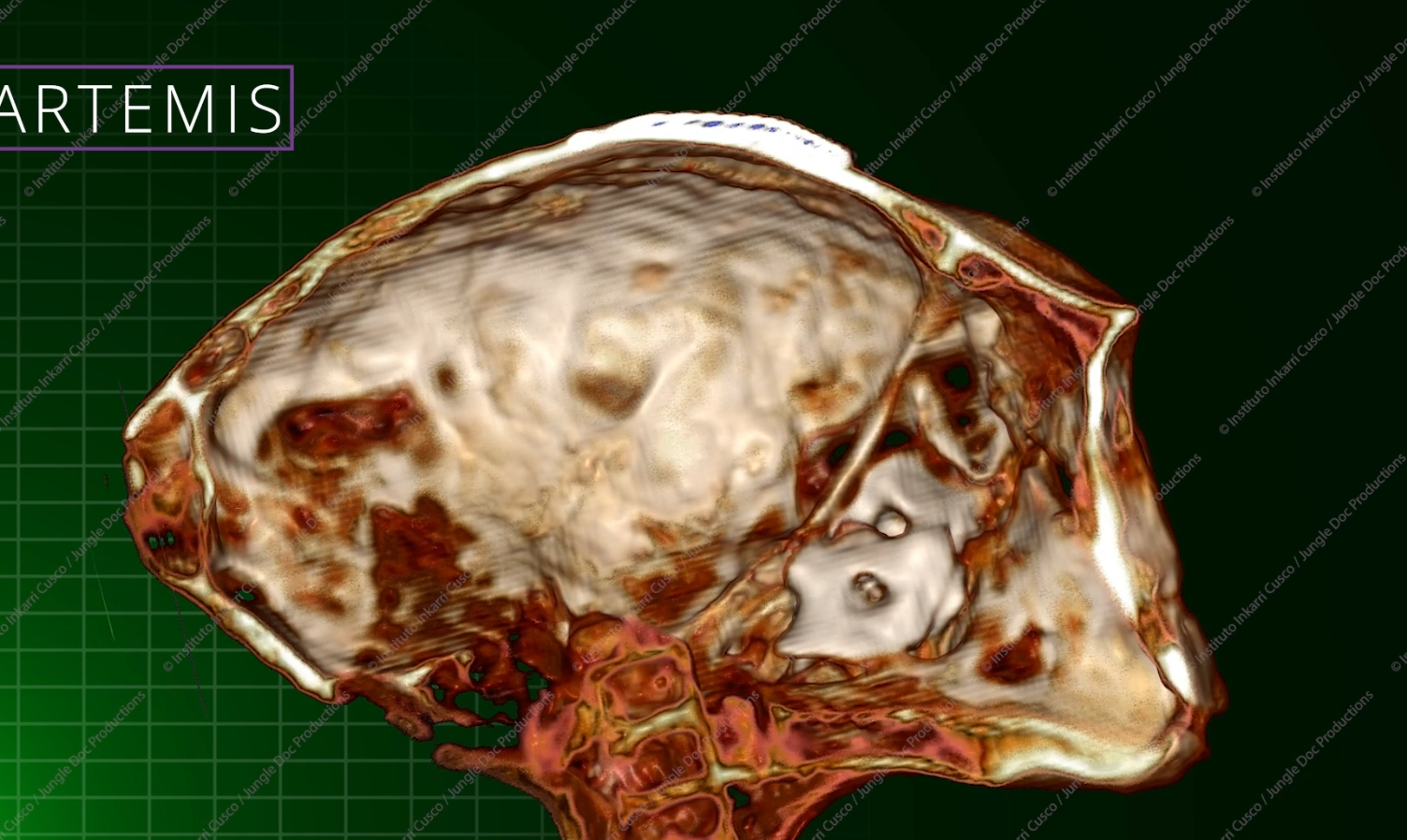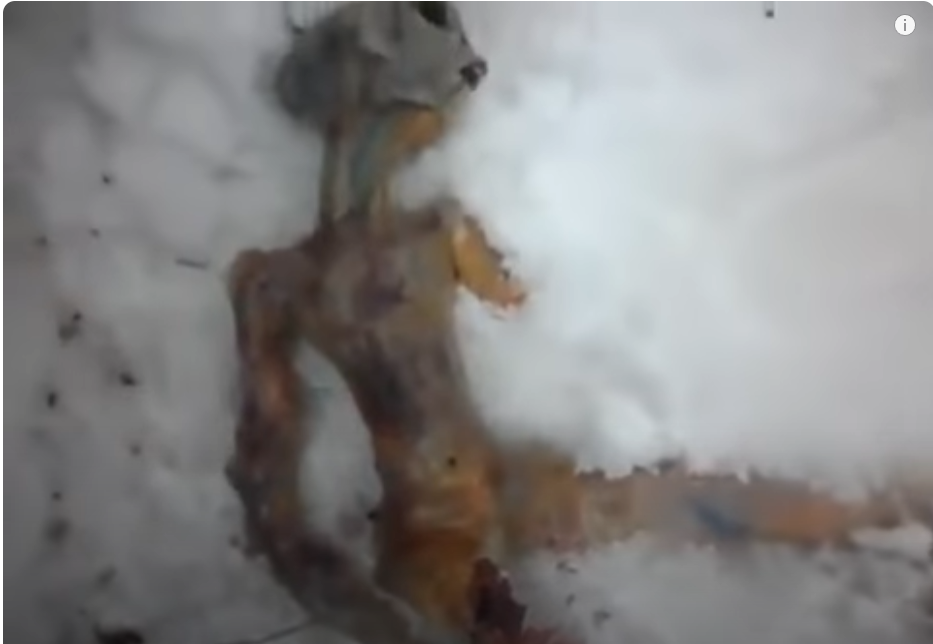The Tridactyl Enigma: From Debunked Hoax to Anatomical Mystery

For years, the so-called "Nazca tridactyl mummies" were dismissed as a modern fabrication—a hoax designed to prey on the imagination of alien enthusiasts. With elongated skulls, three-fingered hands, and unusually structured bones, these figures from Peru's Nazca region sparked international debate. Early investigations by mainstream archaeologists and media outlets labeled them as modified human remains or artistic frauds. The evidence seemed conclusive, the case closed.
But the story didn’t end there.
A renewed wave of attention followed a controversial DNA report claiming that these mummies possessed genetic anomalies not consistent with known human populations. While still contested, the report triggered a global reevaluation among independent researchers, medical experts, and skeptics alike. Now, with high-resolution scans, anatomical models, and open access to some of the remains, the tridactyl being is no longer easily dismissed.
Image 1: Debunker's Analysis

A visual comparison of cranial CT reconstructions shows the "mummy" skull (left) with an oversized brain cavity colored in pink, juxtaposed against a known animal skull (right), likely a llama. The debunker’s implication is clear: the mummy's head is an artificial assembly using animal parts, with colored highlights suggesting surgical alterations to nasal cavities, cranial bases, and sinuses. Their argument is rooted in the anatomical implausibility of the mummy’s brain positioning—pressing against the jaw, which would make no biological sense.
Image 2: Verifier’s Scan (Label: ARTEMIS)

Presented by Instituto Inkari Cusco and Jungle Doc Productions, this CT scan of the mummy “Artemis” reveals intricate internal anatomy: fused vertebrae, clearly defined cranial sutures, and a compact but coherent brain cavity. Unlike the debunker’s image, this scan suggests biological consistency and complexity, arguing against crude fabrication.
Interpretation of the Debate
Debunker View: The figure is fabricated using animal skulls and disjointed limbs. The inconsistencies in joint structure and proportions supposedly point to fraud.
Verifier View: High-quality scans show no modern adhesive material, and bone density distribution supports the idea of a once-living organism with integrated biology.
Scientific Caution
Despite compelling visual data on both sides, no peer-reviewed study has yet confirmed the biological uniqueness of these mummies. While the verifiers advocate for a new species or hominin variant, most outside experts still lean toward fabrication—awaiting transparent, reproducible evidence including carbon dating and full genomic sequencing.
A Familiar Figure in the Snow

One of the most viral echoes of the phenomenon came in April 2011, when a YouTube video surfaced showing a small humanoid body in the snow near Irkutsk, Russia. Widely publicized as a hoax made from bread and chicken skin, a claim that seems increasingly implausible given the anatomical detail and posture of the figure, the image nevertheless bore some anatomical similarities to the Nazca mummies—such as large eyes and a thin skeletal frame. The presence of three fingers was not clearly visible in the footage, but the body shape invited comparisons. While officially dismissed as a prank, many believe the rapid spread of the video may have led to pressure on the creators to recant. The visual consistency with later scans of the Nazca beings sparked renewed curiosity: were these two creatures from the same species?
The Modeled Organism
To investigate further, we turned to photorealistic modeling to visualize what such a creature might look like alive. The result is a light grey-skinned being with translucent qualities, slender proportions, and biologically plausible musculature. Its most striking features are the circular rib formations, tridactyl limbs, and large expressive black eyes—resembling not a monster, but a sentient, peaceful entity.
Importantly, if this creature is truly alien, it may not follow terrestrial anatomical conventions. Its internal structure, joint articulation, and even cranial proportions might appear illogical or fabricated when judged by Earth-based biology. What we perceive as "implausible" could simply be the byproduct of our narrow frame of reference.
This modeled organism aligns remarkably well with the anatomical features observed in CT scans of the Nazca mummies and even the general body plan of the Russian figure. The consistency across sources raises difficult questions: Are these beings evidence of an undiscovered species? A biological lineage hidden in plain sight? Or perhaps a lifeform so unlike us that our comparisons to terrestrial biology make them appear fake—when they are anything but?
Why the Truth Looks Fake
One of the most overlooked factors in this debate is cognitive bias—the assumption that all real creatures must resemble Earth’s known life forms. When we encounter beings with unfamiliar symmetry, bone structures, or sensory configurations, our instinct is to dismiss them as fictional or artificial.
But what if these beings evolved under entirely different environmental constraints or biological rules? What if circular rib structures and tridactyl limbs are normal for their physiology? We must consider the possibility that our own perspective is the distortion. The fact that these beings don't look real to us may be precisely because they are real—just not from here.
This dissonance is further amplified by the internet age, where hyperreal CGI, hoaxes, and filters blur the line between fact and fiction. Ironically, it’s now easier to believe that something striking is fake than to believe it might be an undiscovered truth. And yet, in our rush to dismiss what we don’t understand, we may be ignoring some of the most important clues to our place in the cosmos.
While no consensus exists, the tridactyl enigma has evolved from internet folklore into a legitimate subject of interdisciplinary inquiry. As science catches up with speculation, one truth becomes clear: mystery endures not because it cannot be solved, but because its answers challenge the boundaries of what we accept as possible.
The header image :
Image Comparison (Left to Right):
Nazca Mummy – A preserved tridactyl figure with elongated skull and segmented torso.
CT-Scan Reconstruction – Internal anatomical render revealing unique rib and vertebrae structures.
3D Modeled Organism – A photorealistic reconstruction combining traits from the Nazca mummy and the 2011 Russian snow creature, showcasing a biologically plausible alien form.


Leave a comment